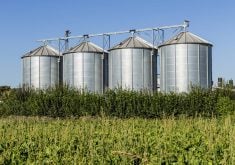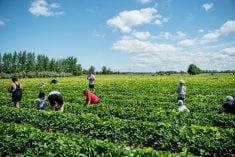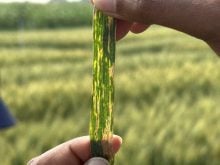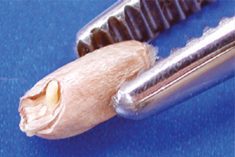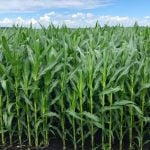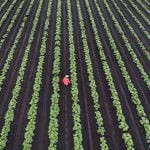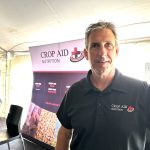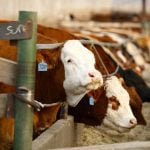Hopes are fading of extra federal and provincial assistance for farmers affected by moisture this year, Manitoba and Saskatchewan farm leaders say.
“I am very concerned, unlike in 2011 when I had a real good feeling that government would be doing something for farmers,” Keystone Agricultural Producers (KAP) president Doug Chorney said in an interview Aug. 21.
The Agricultural Producers of Saskatchewan (APAS) suggested AgriRecovery as an option Aug. 26 at a meeting with four Saskatchewan ministers, including agriculture minister Lyle Stewart.
“We asked what the odds of are of doing something and were told the federal minister isn’t all that thrilled about it,” APAS president Norm Hall said in an interview Aug. 29.
Read Also
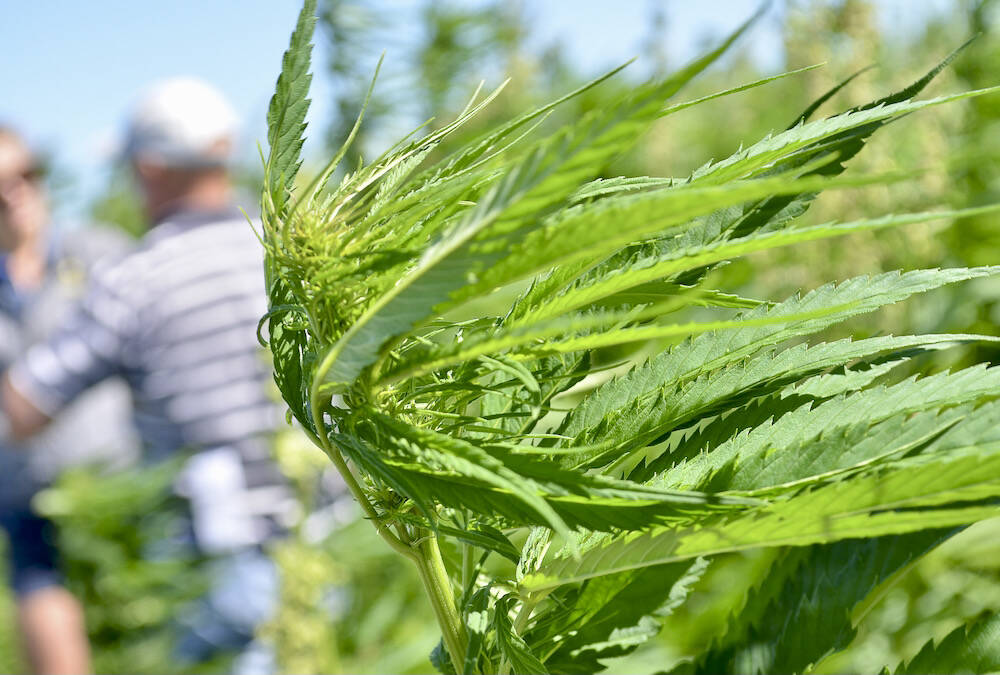
Canadian hemp stable, but stuck on growth
Canada’s hemp industry hopes hybrid varieties, better yields, clearer regulations and new markets can help the crop break past its ceiling and get Canadian farmers planting more hemp acres.
“I think if we went together and both provinces were on side we might be able to convince the federal minister, but each one is playing off against the other.”
KAP presented its case for AgriRecovery to Manitoba Agriculture Minister Ron Kostyshyn Aug. 18.
AgriRecovery is supposed to aid farmers following disasters when existing programs such as AgriStability, AgriInvest and AgriInsurance, fall short.
KAP estimates two million acres of Manitoba farmland were damaged by excessive moisture — one million acres too wet to seed and another million of badly damaged crops. KAP puts farmer losses at $1 billion.
The Manitoba Agricultural Services Corporation says 985,000 were reported as too wet to seed. That triggered $63 million in payouts under the Excess Moisture Insurance (EMI) program.
No government has ruled out AgriRecovery, but none have called for it either.
“The province continues to assess the effects of summer flooding and is working with industry to determine how current programs like AgriInsurance and DFA (Disaster Financial Assistance) are addressing ongoing needs,” a Manitoba government official said in an email Aug. 29. “Combined with the risk management strategies that individual producers employ, the industry is showing great resiliency.”
Improvements regarding unseeded land and forages were made to crop insurance after the 2011 flood and the government will continue to monitor conditions “to determine the appropriate response for recovery.
“At this time there is no AgriRecovery program.”
To trigger AgriRecovery a provincial government must first request it, Agriculture Minister Gerry Ritz said in an email Aug. 29, adding he continues to be in close contact with Manitoba’s agriculture minister.
“We have made substantial improvements to AgriInsurance to provide for this very type of situation and expect this program will be fully utilized,” Ritz said.
KAP wants AgriRecovery to offset some of the ongoing effects of excessive moisture, Chorney said.
A farmer’s EMI deductible rises five per cent after every claim. Farmers can buy down the deductible, but must buy it down to five per cent.
“That is very expensive and I’m told, prohibitive,” Chorney said.
As well, changes to AgriStability and AgriInvest have cut the support farmers get when crops fail or revenues decline. An accounting firm’s comparison of how the changes would affect a farmer’s payout based on two actual claims after the 2011 flood shows support would be cut by half.
“Producers’ ability to protect themselves with those tools is significantly less than what it previously was, so there’s even more justification now for a strong AgriRecovery program,” he said. “So really we should be getting more per acre and more for infrastructure repair than we did last time and I think the opposite is going to happen.”
KAP also says farmers who suffered man-made flooding to prevent others from flooding should be fully compensated, Chorney said.
“This is basically these landowners carrying the costs of excess water for all Manitobans on their own backs, on their own land,” he said. “They didn’t volunteer to provide the service, but if they are forced to do it they should be at least compensated.”
In 2011 Manitoba was on the verge of a provincial election and that probably made the Manitoba government more willing to participate in AgriRecovery, Chorney said. Since then both the provincial and federal governments have become tighter-fisted, he said.
The Manitoba government is particularly gun shy because it contends the federal government didn’t fully compensate it for losses due to the 2011 flood, Chorney said.
The fact that Saskatchewan isn’t asking for AgriRecovery doesn’t help, he said.





